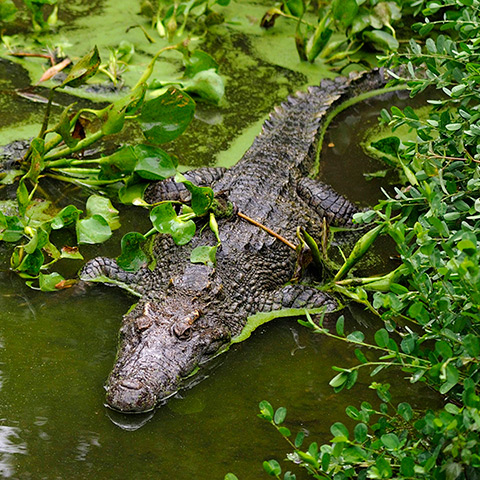About Us
The AGB Research Unit, established in December 2021, is a team of skilled researchers specializing in animal genetics, biotechnology, and related fields. Established within Kasetsart University's Faculty of Science, the unit aims to become a world leader in genomics and bioresource research, creating a sustainable ecosystem for biodiversity and food security. The unit conducts cutting-edge research, collaborates with international institutions, and provides high-quality training and educational programs. In 2022, the unit published 16 research papers, with 19 working personnel and a committee of 15 individuals. The unit's commitment to advancing scientific knowledge and promoting sustainable use of biological resources is evident through publications, academic partnerships, and international collaborations. The unit's international partnerships extend beyond Thailand, with MoUs signed with Dankook University in Korea, Ward Medic Ltd. part, and NovogeneAIT Genomics Singapore PTE Ltd., showcasing the unit's global commitment to research and collaboration.
ASAP Species That We Work On
What We Do
We have worked on Siamese crocodiles in Thailand (Lapbenjakul et al., 2017; Ariyaraphong et al., 2023). Siamese crocodiles are widely distributed in lowland regions but have been extirpated due to hunting, habitat loss, and collection to stock commercial crocodile farms. The decline has led to fewer than 20 wild individuals in Khao Ang Rue Nai Wildlife Sanctuary, Kaeng Krachan National Park, Namnao National Park, Yod Dom Wildlife Sanctuary, and Bueng Boraphet.
To restore Siamese crocodile wild populations, it is essential to reintroduce captive-bred individuals and implement in situ/ex situ management practices. However, crocodile farming now accounts for approximately 1% of Thailand's agricultural income. Interspecific hybridization between Siamese and saltwater crocodiles is bidirectional between males and females of parental species in captivity, and both F1 hybrid and backcross crocodiles are fertile and grow faster than either parental species. The genetic integrity of the species is at risk, which could harm conservation management.
A genetic approach to identifying Siamese and saltwater crocodiles was developed, but the P.O. pattern of each crocodile was not photo-recorded as evidence in the library report. This study assessed the genetic diversity and structure of Siamese and saltwater crocodile populations using 22 microsatellite markers and mitochondrial (mtDNA) D-loop sequences. Results were compared with the large gene pool library under "the Siam Crocodile Bioresource Project" from a previous study. These findings provide pivotal information for prospective reintroduction programs and in situ/ex situ management.
Lapbenjakul, S.; Thanapa, W.; Twilprawat, P.; Muangmai, N.; Khancanaketu, T.; Temsiripong, Y.; Unajak, S.; Peyachoknagul, S.; Srikulnath, K. High genetic diversity and demographic history of captive Siamese and saltwater crocodiles suggest the first step toward the establishment of a breeding and reintroduction program in Thailand. PLoS ONE 2017, 12, e0184526.
Ariyaraphong, N.; Wongloet, W.; Wattanadilokchatkun, P.; Panthum, T.; Singchat, W.; Thong, T.; Lisachov, A.; Ahmad, S.F.; Muangmai, N.; Han, K.; et al. Should the Identification Guidelines for Siamese Crocodiles Be Revised? Differing Post-Occipital Scute Scale Numbers Show Phenotypic Variation Does Not Result from Hybridization with Saltwater Crocodiles. Biology 2023, 12, 535. https://doi.org/10.3390/biology12040535
Where We Work
Our research unit focuses on animal genomics and bioresources, focusing on improving tropical animal bioresources using modern genetic marker technologies. The focus is on economically significant animals like chicken, crocodile, snake, and fish. Modern technology, including smart agriculture and informatics, is used to develop breeding programs with desirable traits like increased productivity and disease resistance. The research also investigates critically endangered vertebrate animal species, such as elephants, Chinese goral, and red junglefowl, based on the International Union for Conservation of Nature (IUCN) red list.
Developing conservation programs for genetically depleted species is crucial, as their survival and adaptive potential depend on genetic and habitat factors. Conservation programs aim to minimize risks associated with inbreeding and loss of genetic diversity. Genetic markers related to valuable phenotypes in economically significant animals will be developed using animal genome information. Molecular techniques will be used to estimate animal lifespan, providing valuable data for improving breeding programs in the animal industry. The goal is to promote modern agriculture and grow and sustain markets to supply future food and animal products under the Bio-Circular-Green (BCG) Economy



